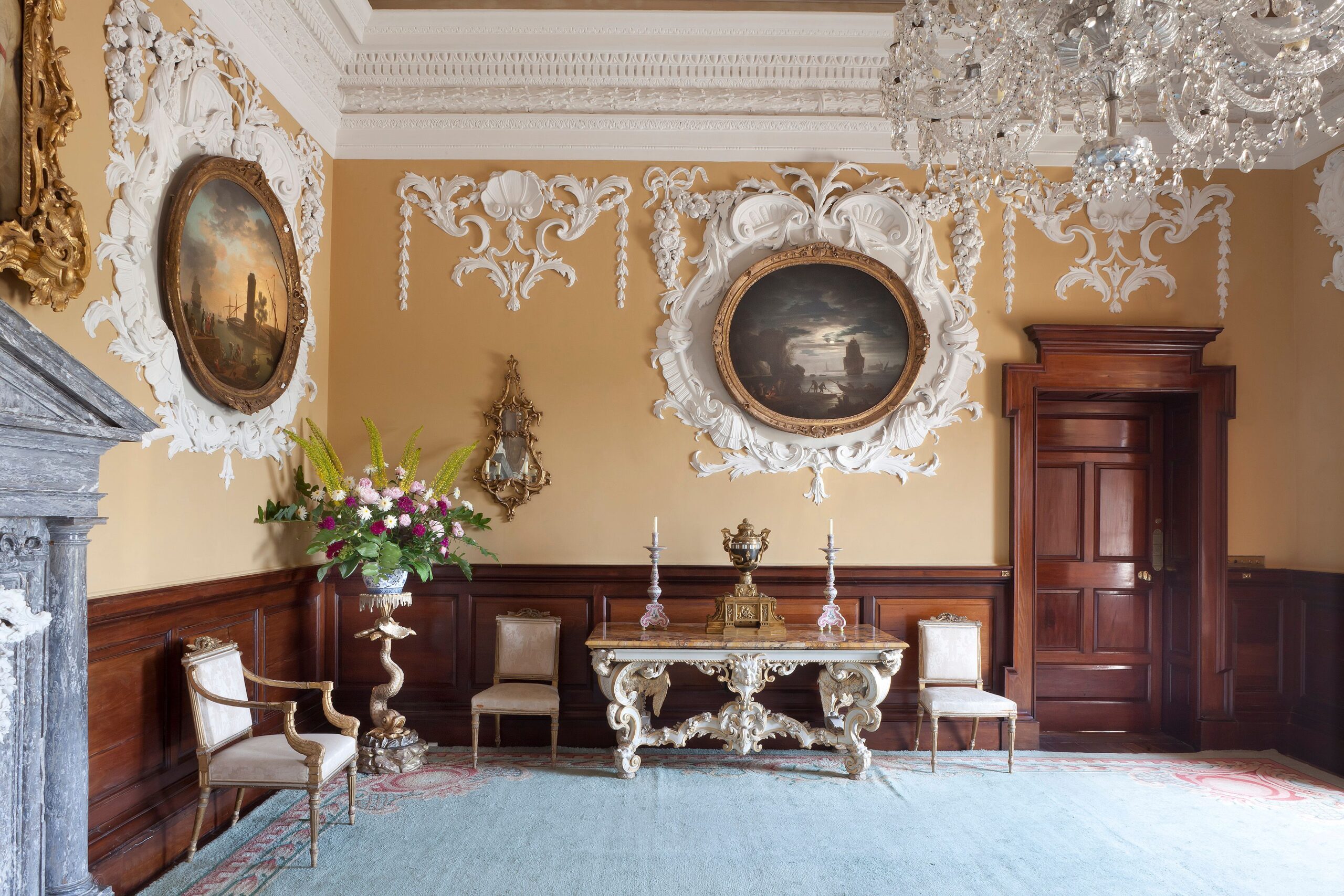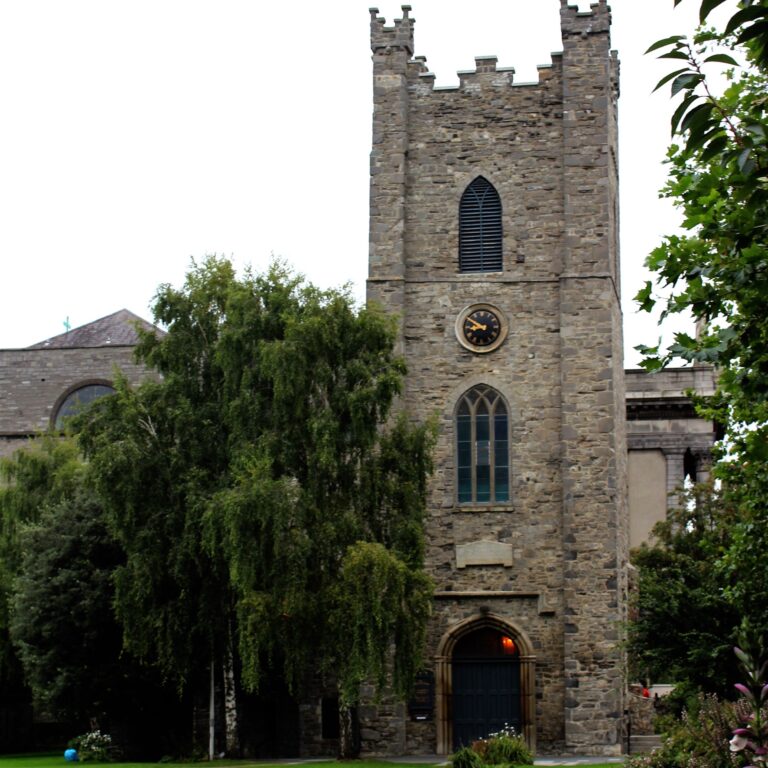Journal •
The Past is Prologue
The term “Modern Architecture” was first recorded as an expression by Nikolaus Pevsner in 1936 when he wrote the history of the modern movement in architecture and design in his book entitled “Pioneers of Modern Design”.
Pevsner, a German born Professor of Art at the University of London, articulated the view, which had been voiced by various architects and writers since the late 1800’s throughout Europe and the United States, that buildings which are designed and built in a simple and honest manner, devoid of ornamentation and decoration represented the true values of life and nature of the age.



After the Industrial Revolution, further changes in western social orders, brought about by the great conflicts of the 20th century – both 1st and 2nd World Wars, gave rise to the development of liberal democracies, organised labour and welfare institutions and this new age sought itself to be forward looking with faith in the future, rather than the security of the past. Frank Lloyd Wright, one of the great American pioneers of modern architecture, said in his lecture in London in 1939 that architecture represents the “Spirit of Man”; that it must be of its time and that it must offer hope into the future.
Design fashions of the past were discarded in favour of the modern and have since lost their meaning in the contemporary age. Whether Baroque, Renaissance or Gothic, those styles were firmly set in their time and are nowadays enjoyed principally in their historic contexts. However, those same past generations of architects and their patrons present strong broad shoulders for contemporary designers to stand on, and one of the greatest 18th century architects in Ireland was another German-born man – Richard Castle. Born about 1690, Castle completed a number of buildings in the Dublin, Wicklow and Kildare areas including Carton House, Tyrone House, Powerscourt House, Russborough House, Leinster House and the Rotunda Hospital which was completed after his death in 1751.
Designed in the Palladian style, Russborough perhaps is the finest example of Castle’s work in Ireland. As the foremost country house architect of his time, Castle was engaged by Joseph Leeson in 1741 to design and build a family home at his newly acquired lands in County Wicklow to be known as Russborough. This villa, set in an exquisite landscape looking south towards the Wicklow mountains, is absolute perfection in terms of its siting, its composition, scale and proportions.
Recent research carried out at Russborough has indicated that not only had the architect designed the main body of the house with all is wonderful traditional materials and superb craftsmanship, but that he had extended his concepts to include the whole landscape of the demesne as a purposeful setting for the building to rest within. The architects’ vision created an aesthetic delight by ensuring that the arrangement of the buildings and structures would be complimented by a formal designed landscape at the rear and the exceedingly romantic pastoral scenes at the front.


The extent and completeness of Castle’s thinking, his whole design approach, his understanding of the relationship between man-made environments and nature, all as evidenced at Russborough, are valuable lessons for today’s designers.
Castle also supervised the building of the music hall at Fishamble Street in Dublin, about the same time as he started the design of Russborough, and where in 1742 his compatriot Georg Frideric Handel first performed his composition, “Messiah”. Indeed, it was another German, the poet Goethe, who coined the phrase “music is liquid architecture: architecture is frozen music”.
So, if you haven’t yet been to visit Russborough, or it has been a while since you have, then do go, and perhaps the strains of some melody will occur to you as you enjoy your walk around this architectural gem.
Contributed by Klaus Unger








